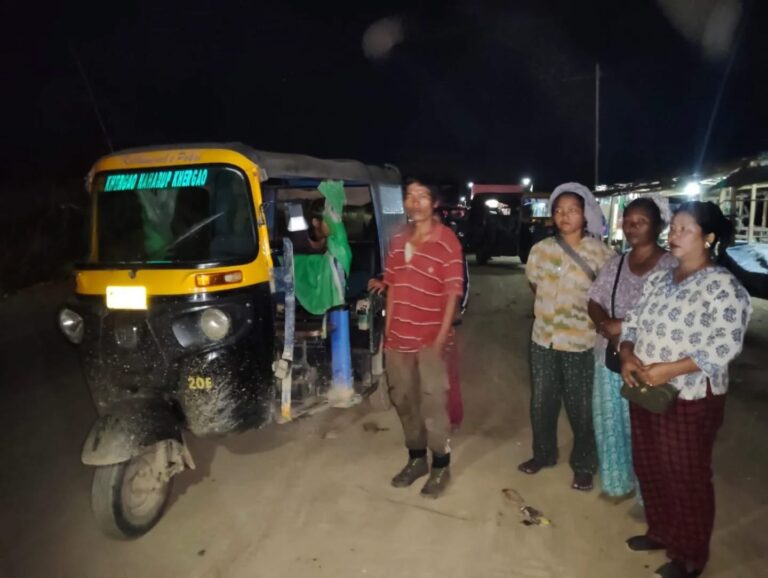Understanding the Conflict Over Protected Lands in Tamenglong
Tamenglong, a scenic and culturally rich district in Manipur, is facing an intense debate over conservation. While the government’s proposal to classify certain lands as wildlife sanctuaries or reserved forests aims to protect biodiversity, the response from the local communities has been far from supportive. For the indigenous people of Tamenglong, the forests aren’t just part of the landscape; they’re a source of sustenance, cultural heritage, and livelihood. Let’s dive into the reasons behind this resistance and why it raises critical questions about the relationship between conservation and indigenous rights.
The Government’s Conservation Goals: An Overview
At its core, the government’s proposal is rooted in conservation. By designating areas in Tamenglong as protected forests and wildlife sanctuaries, authorities hope to safeguard the region’s diverse flora and fauna. Tamenglong is known for its rich biodiversity, including rare species that are increasingly under threat from deforestation and habitat loss. The goal is to create protected areas where wildlife can thrive undisturbed.
But while these plans may seem beneficial from an ecological perspective, they also come with considerable implications for the communities who live on and depend on these lands. The proposed designations would mean restrictions on access, hunting, farming, and other traditional activities, all of which are deeply intertwined with the local way of life.
Community Concerns: Why the Opposition?
The opposition from Tamenglong’s Civil Society Organizations (CSOs) centers around the potential impact on their lives and the lack of community involvement in the decision-making process. Let’s break down some of their major concerns:
1. Threats to Traditional Livelihoods
For the people of Tamenglong, the forest is more than just a natural resource; it’s a part of their identity. They rely on the land for farming, hunting, and collecting medicinal plants, activities that have been passed down through generations. Designating their lands as wildlife sanctuaries or protected forests could jeopardize their access to these resources, undermining their livelihoods and cultural practices.
2. Importance of Free, Prior, and Informed Consent (FPIC)
One of the core demands from the CSOs is the application of Free, Prior, and Informed Consent (FPIC) in the process. FPIC is a principle that emphasizes the right of indigenous people to have a say in decisions affecting their land and resources. By moving forward without FPIC, the community feels sidelined and disregarded in a decision that directly impacts their future.
3. Fear of Land Alienation and Displacement
The designation of land as protected areas often involves certain restrictions that can gradually alienate indigenous communities from their ancestral lands. Even if displacement isn’t immediate, the imposition of restrictions on land use can create a sense of alienation, as the community may no longer feel fully in control of the land that has been theirs for centuries.
4. The Need for Community-Centric Conservation
The CSOs argue that conservation shouldn’t come at the cost of their livelihoods or cultural heritage. They suggest that conservation efforts should involve the local community as active participants rather than passive bystanders. By promoting community-led conservation strategies, it’s possible to create a model that protects biodiversity while respecting indigenous rights.
Exploring Alternative Approaches to Conservation
The situation in Tamenglong isn’t unique; indigenous communities worldwide have expressed similar concerns when conservation efforts ignore their role as custodians of their lands. Here are some alternative conservation strategies that prioritize both environmental goals and indigenous rights:
1. Community-Led Conservation Models
Several successful conservation models around the world have demonstrated that when local communities are empowered to manage natural resources, biodiversity thrives. By incorporating the knowledge, customs, and practices of indigenous people, it’s possible to create a system that’s both sustainable and respectful of cultural values.
2. Integrated Land-Use Plans
Instead of creating protected zones with strict access restrictions, integrated land-use plans allow communities to continue their traditional practices within conservation frameworks. These plans offer a balanced approach that maintains ecological integrity while supporting sustainable livelihoods.
3. Co-Management Agreements
Co-management involves sharing decision-making responsibilities between government authorities and local communities. This approach acknowledges the community’s role in conservation while ensuring that their needs and rights are prioritized.
The Bigger Picture: Indigenous Rights and Conservation Ethics
The conflict in Tamenglong is part of a larger, global conversation about conservation ethics. Historically, conservation efforts have often prioritized wildlife protection over human rights, leading to the displacement of indigenous communities. However, research shows that indigenous people are some of the most effective stewards of biodiversity. The challenge, therefore, is finding a middle ground where conservation goals align with the rights and traditions of indigenous people.
By embracing alternative approaches like FPIC, co-management, and community-led initiatives, it’s possible to create a framework that respects both nature and the people who have long cared for it. In the end, conservation shouldn’t be about imposing restrictions but about fostering a harmonious relationship between people and the environment.
FAQs
- Why are the people of Tamenglong opposed to the protected forest designations?
The community fears these designations will restrict their access to essential resources and threaten their livelihoods and traditional practices. - What is FPIC, and why is it important in this context?
FPIC stands for Free, Prior, and Informed Consent, a principle that ensures communities have a say in decisions impacting their lands. The people of Tamenglong believe it’s crucial to protect their rights. - How can conservation and indigenous rights coexist?
Alternative approaches, like community-led conservation, integrated land-use plans, and co-management, allow for sustainable practices that benefit both biodiversity and indigenous communities. - What impact could these protected area designations have on local culture?
Restrictions on traditional land use can disrupt cultural practices, as communities rely on the land for both livelihood and cultural identity. - Are there examples of successful community-led conservation efforts?
Yes, many examples worldwide show that involving local communities in conservation efforts can lead to effective and sustainable outcomes.



